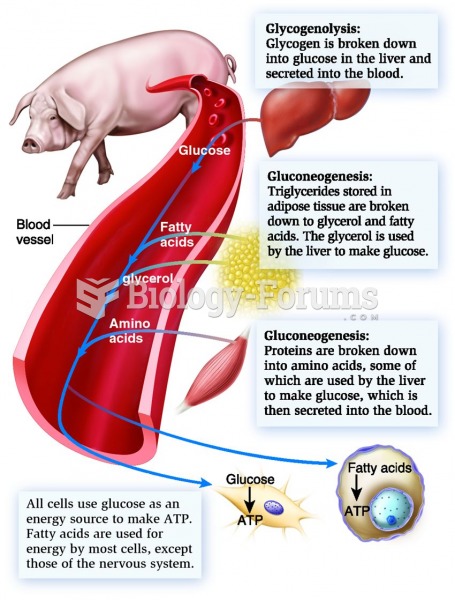Answer to Question 1
The purpose of the state rehabilitation agencies is to provide counseling and other services to individuals who have a disability or disabilities.
Each individual with a disability is evaluated to determine if they meet the general criteria adopted by the agency that determines eligibility for services.
Eligibility is generally determined by two criteria 1 . Each person must have a disability that results in a substantial handicap to employment, and 2 . Vocational rehabilitation services must reasonably be expected to benefit the person relative to employment.
Answer to Question 2
Poorly developed interpersonal skills are characteristic of people with disabilities.
Individuals with disabilities are usually more resistive to counseling programs because of a lack of success in school and limited positive experiences at work and with work related tasks.
Immediate need of overcoming a multitude of problems makes it difficult for people with disabilities to think about long-term future choices.
A model for job behavior is often a crucial need of people with disabilities.
It can be expected that many individuals with disabilities will feel powerless to change the direction of their lives.
The counselor can expect individuals with disabilities to have a poor self-concept because of past rejections and being singled out as being different.
Individuals with disabilities may have difficulty in adjusting to new environments.
There is a lack of role models for people with disabilities.
Capabilities and limitations must be clearly defined for people with disabilities.
Many people with disabilities have poor social interpersonal skills because of the lack of contact with their peers.
Individuals with disabilities need special considerations for developing skills for independent living.
Architectural barriers place limits on their mobility.
Individuals with disabilities may find that many employers are biased and are reluctant to hire them.
There is a lack of knowledge among the general public about the special needs and problems of people with disabilities.
Families of people with disabilities also need to be informed about potential limitations and capabilities of their family members with disabilities.







